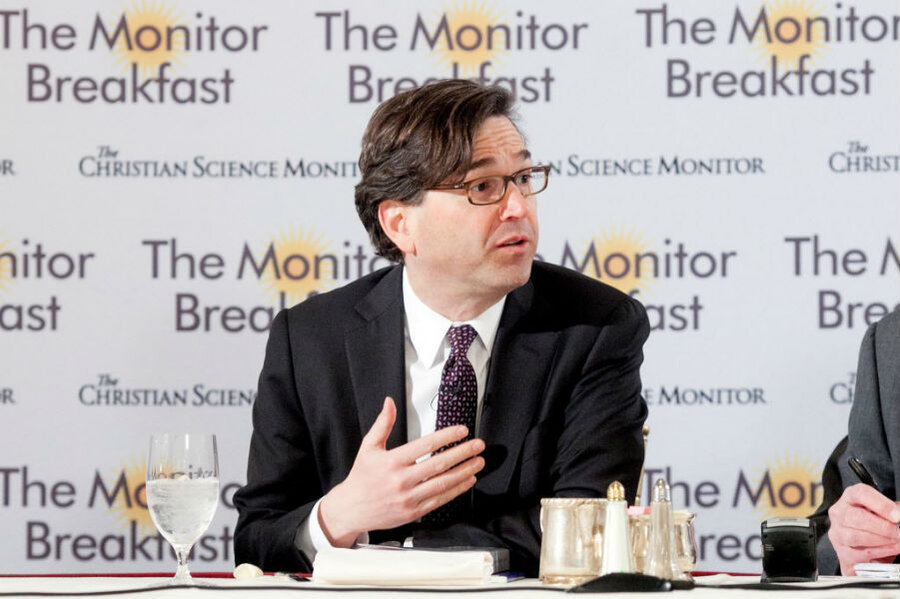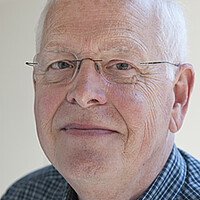Chief White House forecaster: 2015 will be a 'good year'
Loading...
| Washington
Favorable trends in energy, health care, and technology are a key reason Jason Furman, the Obama administration’s top economist, says “there is every reason to believe the United States can have another good year economically in 2015.”
Mr. Furman, chairman of the president’s Council of Economic Advisers, spoke to reporters Thursday at a Monitor-hosted breakfast on the same day the 400-page “Economic Report of the President” was released. The document predicts the economy will grow at a 3 percent inflation-adjusted rate in 2015, up from a 2.1 percent pace in 2014. Inflation is predicted to remain under control, with the consumer price index expected to rise only 1.8 percent.
The administration’s economic optimism is shared by many private forecasters. Mark Zandi, chief economist at the economic consulting firm Moody’s Analytics, recent wrote clients saying, “The US economy is off and running, finally breaking free of the Great Recession’s dark pull.”
President Obama’s chief economist added a caveat to his optimistic forecast, adding: “To make sure that that happens, it is important that we avoid brinksmanship, that we avoid unnecessary austerity, and that instead we are taking advantage of the many opportunities we have” to strengthen the economy.
The austerity comments are presumably aimed at Republicans calling for cuts in the spending proposals contained in Mr. Obama’s fiscal 2016 budget.
When asked by Mike Dorning, White House correspondent for Bloomberg News, what major economic trends have been important since the recession began in December 2007, Furman cited the “massive demand shortfall” in 2008 and 2009. That was followed by government spending triggered by the Recovery Act, then a housing recovery, and then growing consumer spending. The National Bureau of Economic Research says the recession ended in June 2009.
Underneath the major changes in demand, Furman said, are “three broad trends” that are important for understanding the current outlook for the economy.
One big trend is changes in how the nation uses energy “both in producing more oil and natural gas and renewables, but also using less oil,” he said. Furman says those changes have added two-tenths to three-tenths to gross-domestic-product growth.
“The second big trend is a dramatic slowdown in cost growth in health care, which is now growing at the slowest that it has grown in 50 years,” Furman said. Inflation in the health-care field is basically growing at the same pace as the overall consumer price index, which Furman called “a shocking development relative to what we had had for decades.”
The final positive trend stems from technology. Furman cited “cloud computing combined with mobile devices and what that unleashes in terms of productivity together with advances in advanced materials like nanotechnology and life sciences and personalized medicine.”
“I think it will be increasingly clear that these three trends – energy, health, and technology – have been three of the most important both for the last couple of years and going forward,” Furman said.








